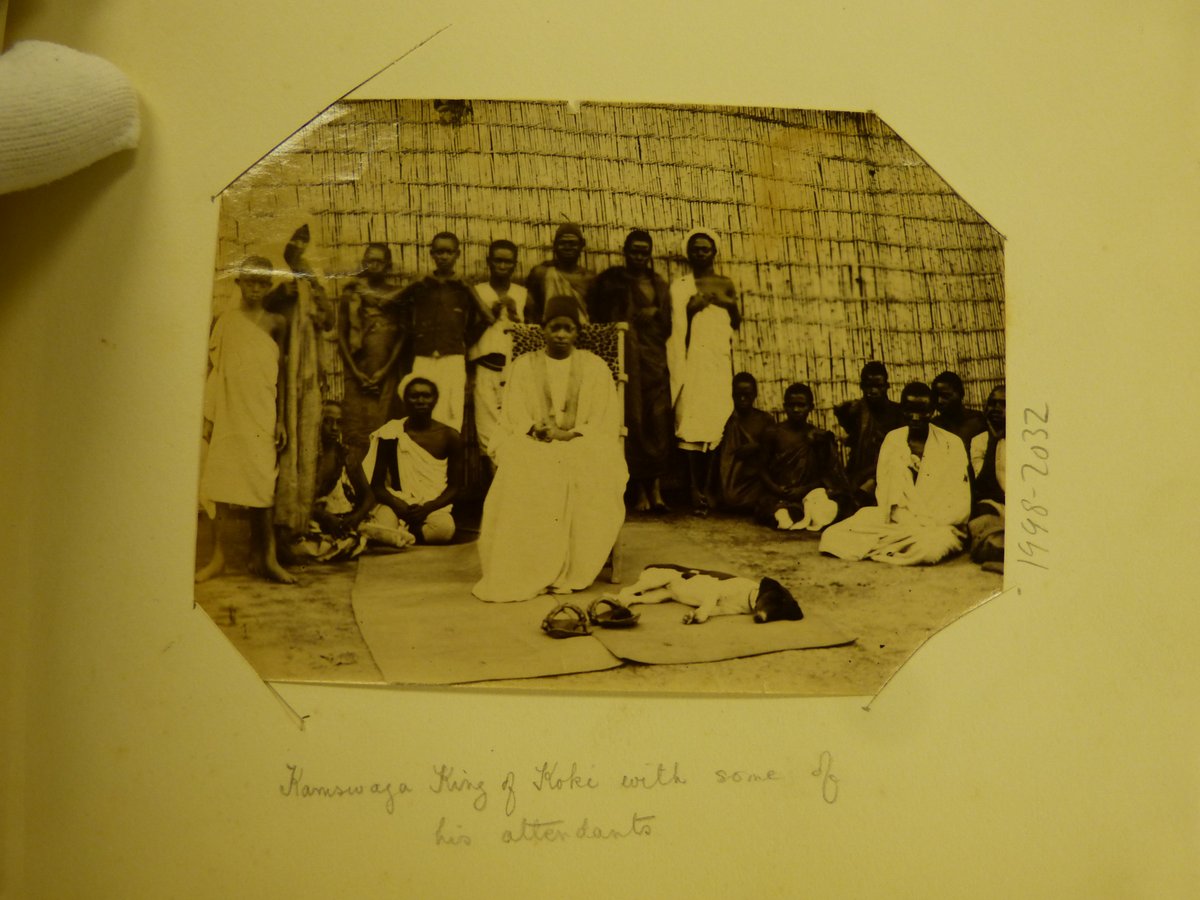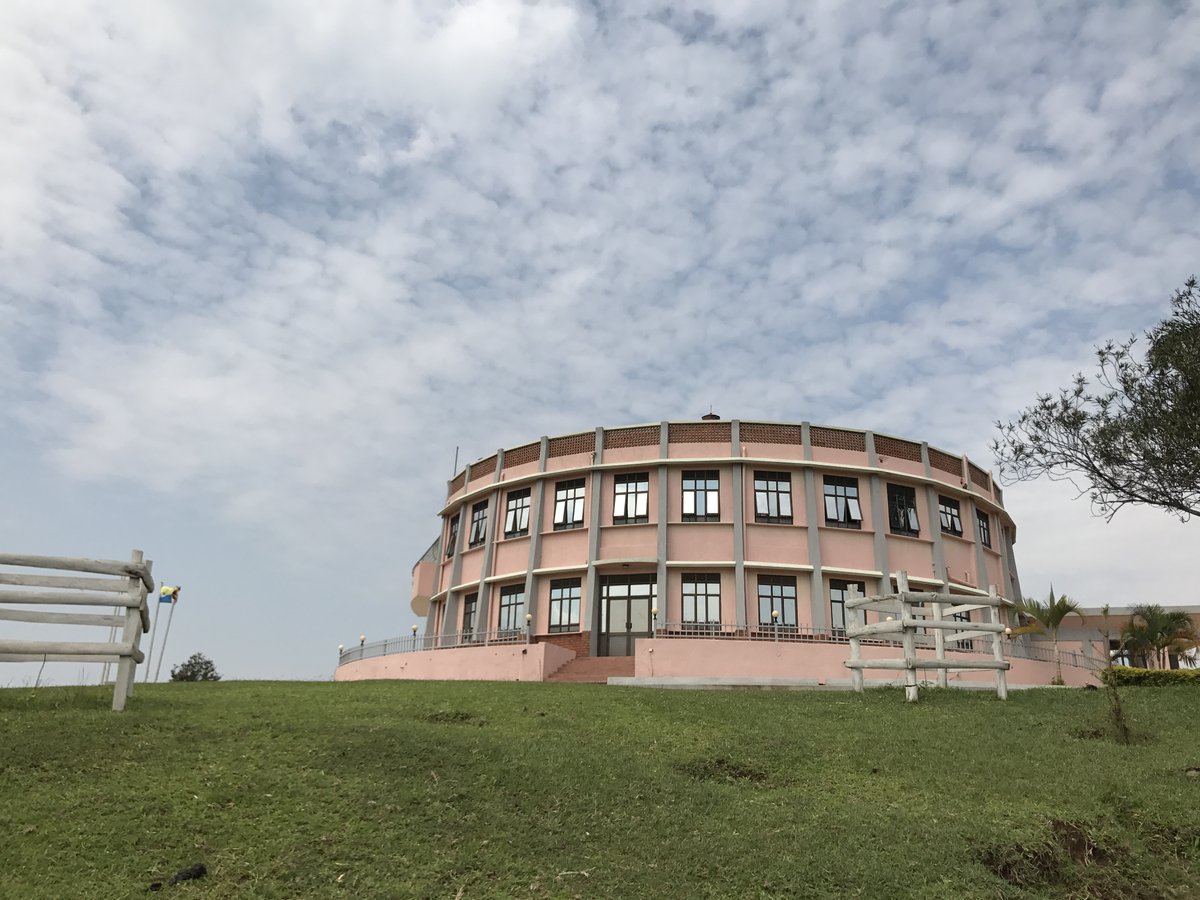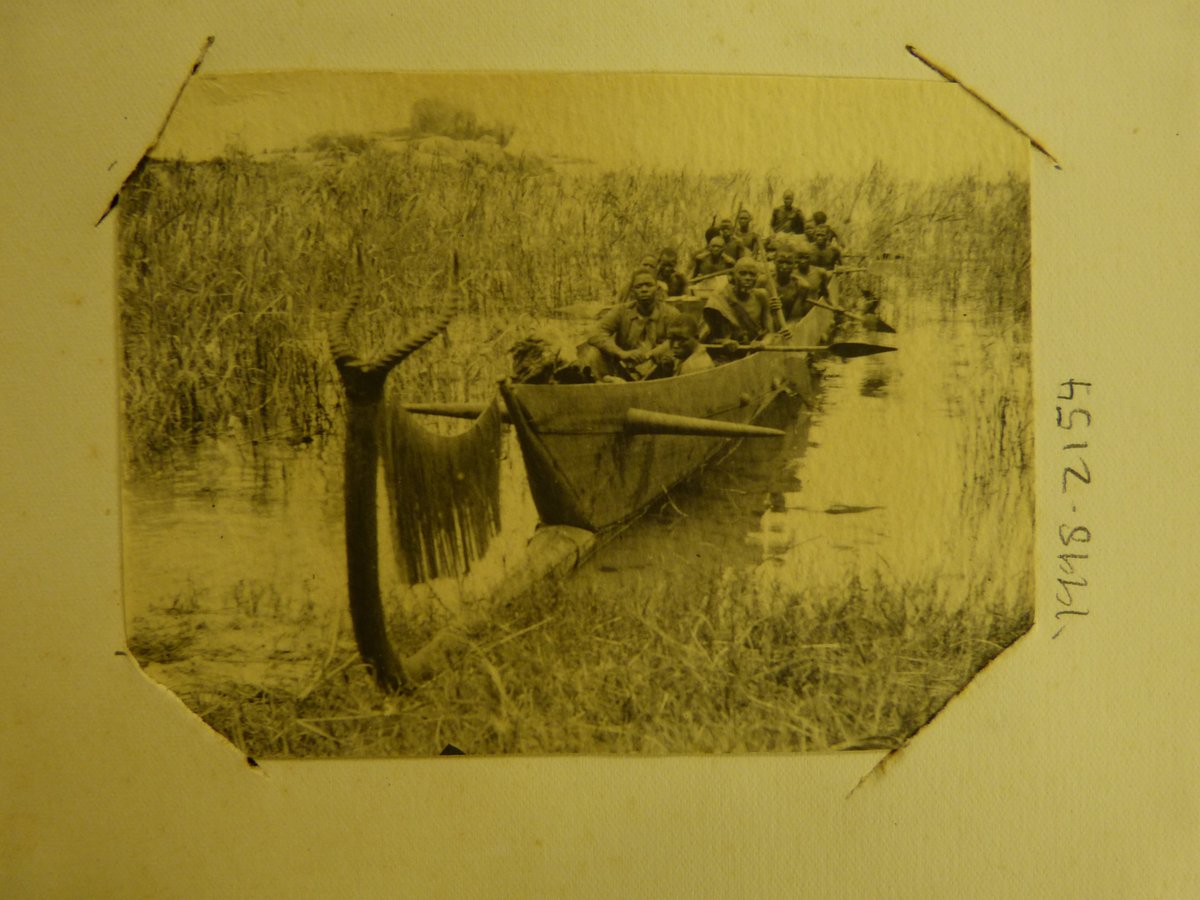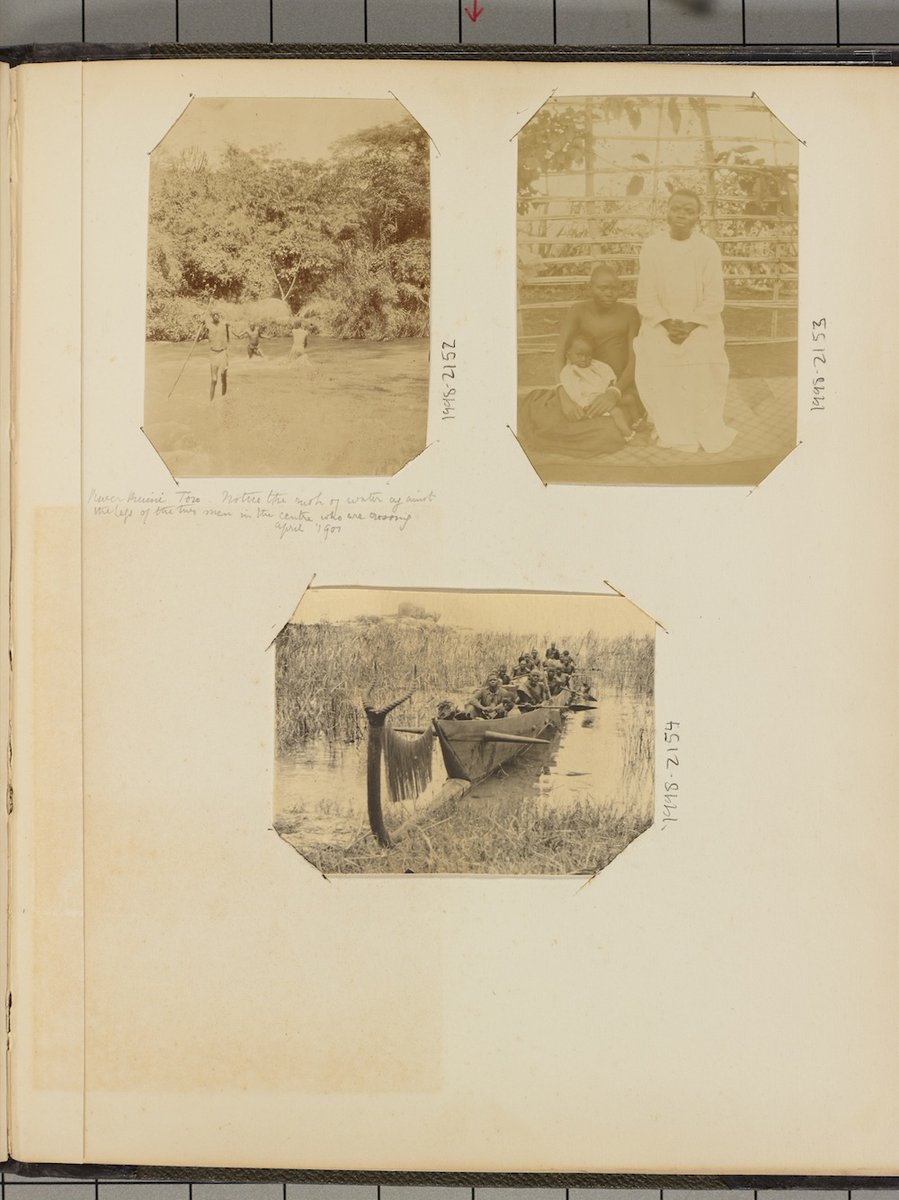
On 19th-century Kkooki: Independent Kingdom or Buganda County? By the mid-1800s, Kkooki was arguably Uganda’s most cosmopolitan kingdom. By the late 1700s, Kkooki’s kibiito kings severed their royal ties with Bunyoro, (Photo: Kamuswaga, 1897) 1/17 

the land of their origin. According to the Kkooki intellectual and historian, E.M.K. Mulira, Kkooki’s third king, Mujwiga, sent emissaries to Kabaka Jjunju to secure their dissociation from Bunyoro. 2/17
‘Kamswaga King of Koki with some of his attendants.' Uganda Photographs, c. 1897 – 1903 EEPA-1998-002-0032 Eliot Elisofon Photographic Archives National Museum of African Art Smithsonian Institution 3/17 



'Koki-The King's house & enclosure.' Uganda Photographs, c. 1897 – 1903 EEPA-1998-002-0031 Eliot Elisofon Photographic Archives National Museum of African Art Smithsonian Institution 4/17 



Throughout the 1800s, Kkooki statebuilders developed their economy by creating diplomatic relations with Ankole, Bunyoro, and Buganda. 5/17
Through Kkook passed numerous Rwandan labourers and Zanzibar traders and coastal porters by the 1840s. Kabaka Muteesa I ordered a raid on Kooki in 1875 that changed the course of the kingdom: 4,000 cows were taken, and many women and children were forced into servitude. 6/17
Kkooki’s persistent claims of autonomy from Buganda caused numerous challenges for Buganda’s regents. Unearthed documents in the archives show that the colonial government, and Kaggwa, Mugwanya, 7/17
and Kisingiri took active measures to replace Kooki chiefs with Muganda administrators (see image). What we also see is that the colonial government and the government of Buganda orchestrated a detailed mapping excavation of the region. 8/17 

Have a close look at these two letters. If I am reading them correcting, I notice 2 things: 1. Buganda’s regents kept referring to the Kamuswanga as a chief of Buganda; not the king of Kkooki (“Saza lye Koki” & “okumulonda okulira dala Esaza eryo”). This is deliberate! 10/17
2. Buganda’s regents are officially mediating royal successions in Kkooki! This was a first. The proverbial writing was now clearly on the wall for all to see! 13/17
E.M.K. Mulira authored a couple of histories of Kkooki. His father was Rwamahwa Nasanaeri Ndawula
Kiwomamagaaya, the paternal grandson of Omukama Ndaula I. These are available online through Cambridge University: 14/17
Kiwomamagaaya, the paternal grandson of Omukama Ndaula I. These are available online through Cambridge University: 14/17
Mulira, E. M. The Kingdom of Kooki during the 19th century. 1972.
repository.cam.ac.uk/handle/1810/25…
15/17
repository.cam.ac.uk/handle/1810/25…
15/17
Mulira, E. M. Notes on research on Kooki. c. 1972. [Manuscript].
repository.cam.ac.uk/handle/1810/25…
16/17
repository.cam.ac.uk/handle/1810/25…
16/17
Mulira, E. M. In Search of My Origin: Being an Attempt to Trace the Origin of the Hamite Rulers of Uganda. [c 1972 (?)]. [Manuscript].
repository.cam.ac.uk/handle/1810/25…
17/17
repository.cam.ac.uk/handle/1810/25…
17/17
• • •
Missing some Tweet in this thread? You can try to
force a refresh

















